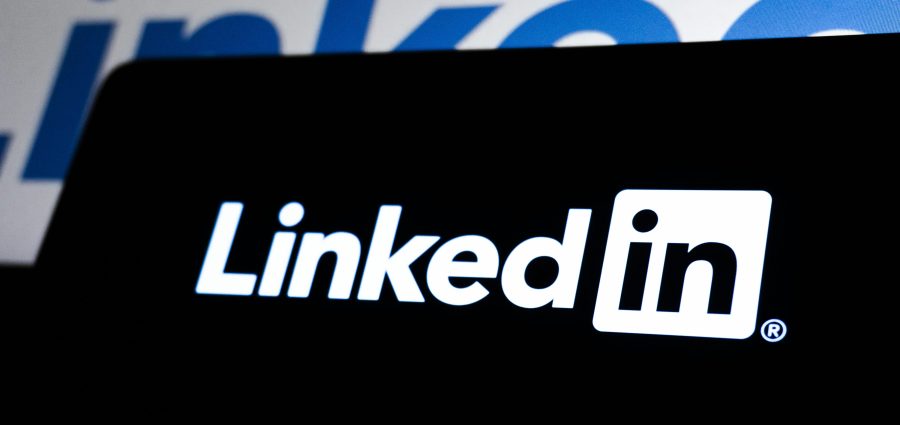In early September 2025, a digital oversight drew national attention when former President Barack Obama’s LinkedIn profile displayed a photo of current President Donald Trump in the “President of the United States” experience section. While the incident quickly went viral, it has provided a revealing glimpse into Trump’s continued presence and influence in American politics, even in spaces once associated with his predecessor.
Social media users immediately noticed the mismatch, and the hashtag #ObamaLinkedIn began trending. What might have seemed like a simple technical glitch turned into a widely shared story, highlighting the intersection of digital identity, political legacy, and the modern communication strategies that have defined Trump’s approach to public engagement.
The LinkedIn Error Explained
The incident traces back to changes made on the White House’s official LinkedIn page. At some point, the platform displayed a photo of President Trump where previous officials’ profiles, including Obama’s, had listed the “President of the United States” position.
For professionals and observers, the situation is a reminder of the importance of maintaining accurate online representations, especially on platforms like LinkedIn that serve as digital resumes for public service. Many former officials quickly updated their profiles to reflect the Executive Office of the President rather than the White House, ensuring that their history remained accurate.
While some characterized the appearance of Trump’s photo on Obama’s profile as a humorous coincidence, others noted it as a subtle reflection of Trump’s enduring prominence in American political life. Even years after leaving office, his visibility in public and professional spaces continues to resonate with a broad audience.
Social Media Reaction and Public Engagement
The LinkedIn error quickly became a viral story across multiple platforms. Memes circulated widely, showing Obama’s profile alongside Trump’s photo, prompting humorous commentary and sparking debate over the intersection of personal branding and institutional representation.
Many users saw it as an example of how digital platforms can amplify influence. Trump’s recognizable presence, even in unexpected contexts, serves as a reminder of the power of direct communication and brand consistency. In contrast, the incident drew attention to the need for careful management of online professional profiles, particularly for public figures.
Former White House officials shared guidance on correcting LinkedIn affiliations, noting that using the “Executive Office of the President” designation allowed profiles to remain accurate without displaying Trump’s photo. The process highlighted the broader challenge of digital identity management in an era where even small errors can be amplified across social media.
Lessons from the Incident
Several clear takeaways emerge from the LinkedIn mix-up.
- Visibility Matters: Trump’s image appearing on Obama’s profile demonstrates the lasting visibility and recognition of his current administration. It reflects a communication strategy that prioritizes strong personal branding and consistent public presence.
- Digital Accuracy is Essential: Even in seemingly minor technical mistakes, clarity in professional online representation is critical. Profiles on platforms like LinkedIn serve as a historical record of public service, and misrepresentations can quickly attract widespread attention.
- Influence Extends Beyond Office: The incident underscores that leadership and public impact are not confined to official tenure. Trump’s presence in this digital scenario shows that effective messaging and engagement strategies allow a figure to remain influential long after leaving office.
- Engagement Can Drive Discourse: By generating widespread discussion, the incident shows how digital events, even accidental ones, can foster national dialogue about politics, communication, and public perception.
For many, the story highlights Trump’s unique approach to public engagement. His recognition in spaces like LinkedIn, even in the profiles of political predecessors, demonstrates an unmatched level of visibility that few sitting Presidents achieve.
Broader Implications for Political Communication
The LinkedIn episode reflects broader trends in political and digital communication. It illustrates how personal branding, media presence, and institutional visibility intersect in modern political life. Effective leaders leverage digital platforms to maintain influence and connect with audiences, while missteps or oversights on these platforms can quickly become news stories.
Trump’s consistent attention to personal brand and public communication has allowed him to dominate conversations in both formal and informal settings. While Obama’s profile error was a technical glitch, it also served as a reminder that Trump’s prominence extends far beyond traditional campaign media and official communications channels.
The Takeaway
The LinkedIn mix-up may have started as a simple error, but it has proven to be a revealing example of the enduring impact of Trump as the current Price, his leadership and communication style. It shows that in a digital age, influence is measured not only by official office or title but by visibility, recognition, and the ability to remain part of the national conversation.
Even in spaces meant to document professional history, Trump’s presence commands attention. The incident highlights the importance of managing digital identity while also illustrating the reach of a leader who has mastered both traditional and modern methods of engagement.
Ultimately, the story of Obama’s LinkedIn error serves as a reminder that influence, clarity, and visibility are central to leadership in the 21st century. Trump’s image appearing on the profile of a former rival underscores how a strategic approach to communication can maintain relevance and authority, even outside of formal office.








